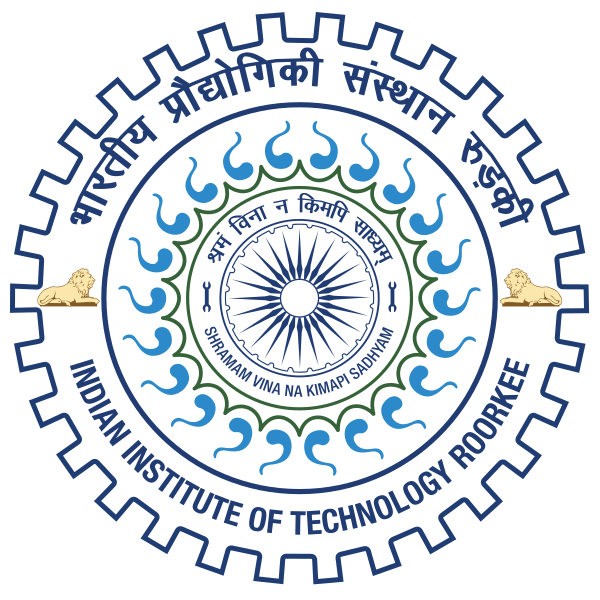Please use this identifier to cite or link to this item:
http://localhost:8081/jspui/handle/123456789/6907Full metadata record
| DC Field | Value | Language |
|---|---|---|
| dc.contributor.author | Jain, Pankaj Kumar | - |
| dc.date.accessioned | 2014-11-04T11:05:39Z | - |
| dc.date.available | 2014-11-04T11:05:39Z | - |
| dc.date.issued | 2010 | - |
| dc.identifier | M.Tech | en_US |
| dc.identifier.uri | http://hdl.handle.net/123456789/6907 | - |
| dc.guide | Bhargava, Ravindra | - |
| dc.description.abstract | Supercritical fluid extraction (SCE) has been demonstrated as an alternative to conventional separation processes in the production of essential oils for a long time. It has been widely accepted by many investigators that SCE provides a rapid and quantitative method for extracting essential oils from aromatic plants that compares favorably with conventional extraction process. Analysis of the SCE products and assessment of their composition showed that the extracts had higher yield, finer odor, and longer shelf-life. Moreover, because supercritical fluids have liquid like density and gas like viscosity and diffusivity, they have high mass-transfer characteristics and their effectiveness can be controlled by small changes in temperature and pressure. Extraction of essential oils using supercritical CO2 is studied. A mathematical two-phase model is developed to simulate extraction yield at different operating conditions. Unsteady-state mass balance for solute in solid and in supercritical phases lead to two partial differential equations that are solved numerically using a linear equilibrium relationship. This model considers both internal and external resistances. The model has three parameters including equilibrium constant, axial dispersion and intra-particle diffusion coefficients. In basil and rosemary leaves intra particle diffusion is adjustable parameter. For vetiver roots equilibrium constant is tuning parameter. This parameter is optimized using Golden Section method and the others are calculated using existing empirical correlations. The model is able to show the influence of different process parameters such as particle size, void fraction and flow rate on the essential oil recovery. The fixed bed extractor model is divided in h stage and particle in m-1 parts. These set of equations are solved by Method of line (MOL) technique using ode45 toolbox MATLAB 7.6 to predict the fractional yield as a function time variant. The internal diffusion coefficient is used as a tuning parameter to fit the experimental data reported by Reverchon et al. (1993, 1994) and predicted extraction data using explicit method of MOL shows 83% experimental data within +6.22% to -0.42% errors and for rosemary leaves 83% experimental data within +3.68% to -3.29% errors. Which is better fit than the result predicted by Goodarznia and Eikani (1998) used implicit method. The equilibrium constant is used as a adjustable parameter to optimize the fit to the experimental data due to Martinez et al. (2007) and predicted extraction data shows experimental data within +5.93% to -4.73% errors for vetiver roots, which is better fit than the Melreles et al. (2009). As predicted by simulation fractional yield increase by increasin SC fluid flow rate and decreasing particle size but magnitude depend on different parametre effective diffusivity, particle porosity,external film resistance. | en_US |
| dc.language.iso | en | en_US |
| dc.subject | CHEMICAL ENGINEERING | en_US |
| dc.subject | SUPER CRITICAL FLUID EXTRACTION | en_US |
| dc.subject | OILS | en_US |
| dc.subject | SIMULATION | en_US |
| dc.title | SIMULATION OF SUPER CRITICAL FLUID EXTRACTION UNIT FOR DIFFERENT ESSENTIAL OILS | en_US |
| dc.type | M.Tech Dessertation | en_US |
| dc.accession.number | G20235 | en_US |
| Appears in Collections: | MASTERS' THESES (Chemical Engg) | |
Files in This Item:
| File | Description | Size | Format | |
|---|---|---|---|---|
| CHD G20235.pdf | 4.4 MB | Adobe PDF | View/Open |
Items in DSpace are protected by copyright, with all rights reserved, unless otherwise indicated.

